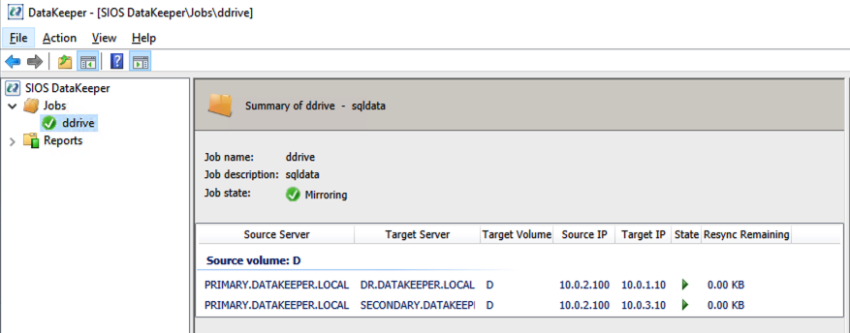| August 9, 2021 |
Glossary: System Recovery |
| August 4, 2021 |
Glossary: System Restore |
| July 31, 2021 |
How To Create A DataKeeper Replicated Volume That Has Multiple Targets Via CLI |
| July 28, 2021 |
Glossary: SQL Server Clustering
Glossary of Terms: SQL Server ClusteringDefinition: Clustering SQL servers provides high availability and protection from disasters whenever a server hosting the SQL Server instance fails. Reproduced from SIOS |
| July 24, 2021 |
Glossary: SQL Failover |






